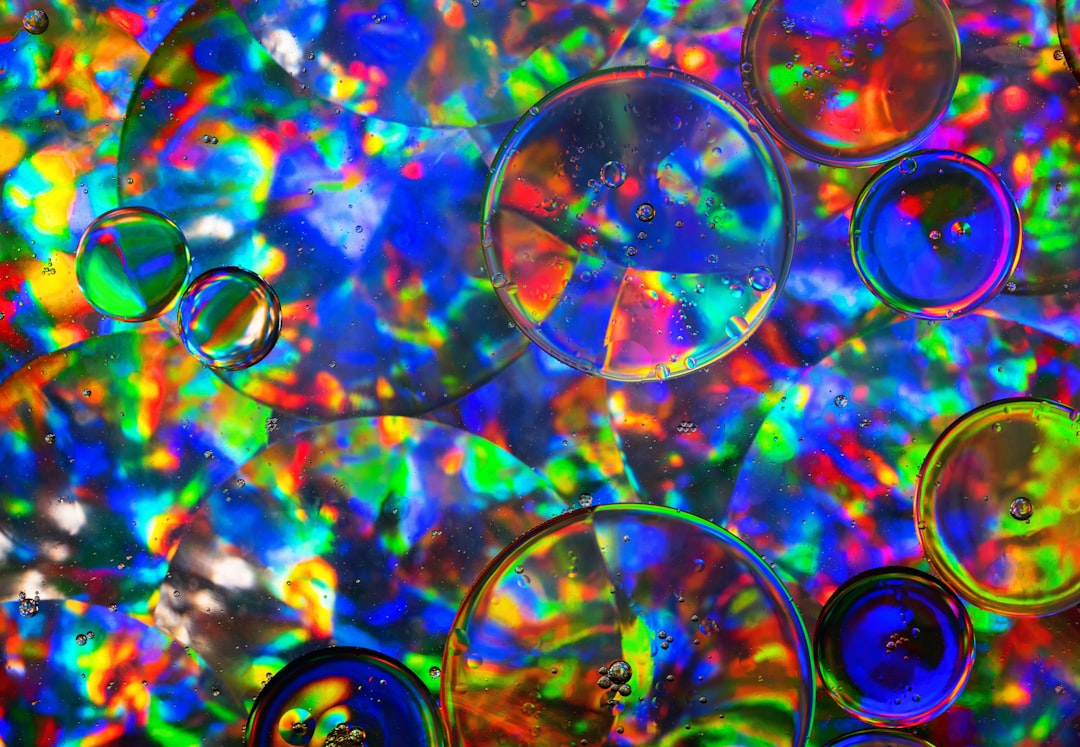What is it about?
Surface mixing in a model experiment has a significant effect on the timing and composition of phytoplankton spring bloom in the central and southern Baltic Sea. When two different scenarios, one with the presence of sea ice and another in the absence of ice with all the other conditions the same were modeled, the ecological conditions that developed eventually were significantly different for both these events. The diatoms dominate the phytoplankton biomass in the absence of sea ice, whereas dinoflagellates dominate the biomass in the presence of thin sea ice (or low wind speed conditions).
Featured Image

Photo by Johannes Plenio on Unsplash
Why is it important?
Studies on phytoplankton spring bloom have been increasingly gaining importance in the context of global climate change. This study allows us to assess the impact of climate change (wind and sea ice) on the marine environment. Wind and sea ice play an important role in the mixing of the surface layer of the sea. The energy of movement accompanying the mixing processes is one of the components that determines whether the environment is dominated by diatoms or dinoflagellates.
Read the Original
This page is a summary of: Effects of sea ice and wind speed on phytoplankton spring bloom in central and southern Baltic Sea, PLoS ONE, March 2021, PLOS,
DOI: 10.1371/journal.pone.0242637.
You can read the full text:
Contributors
The following have contributed to this page










